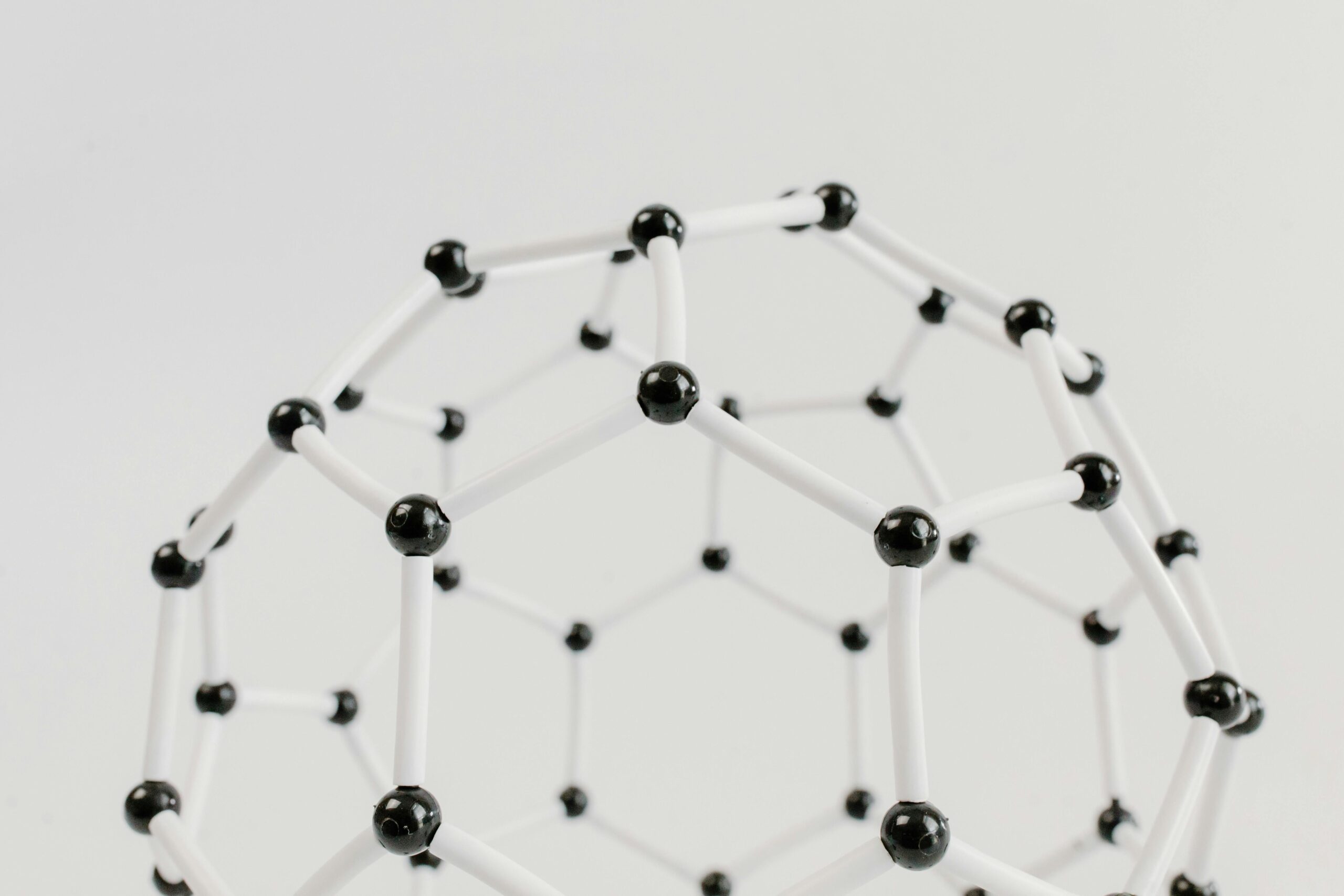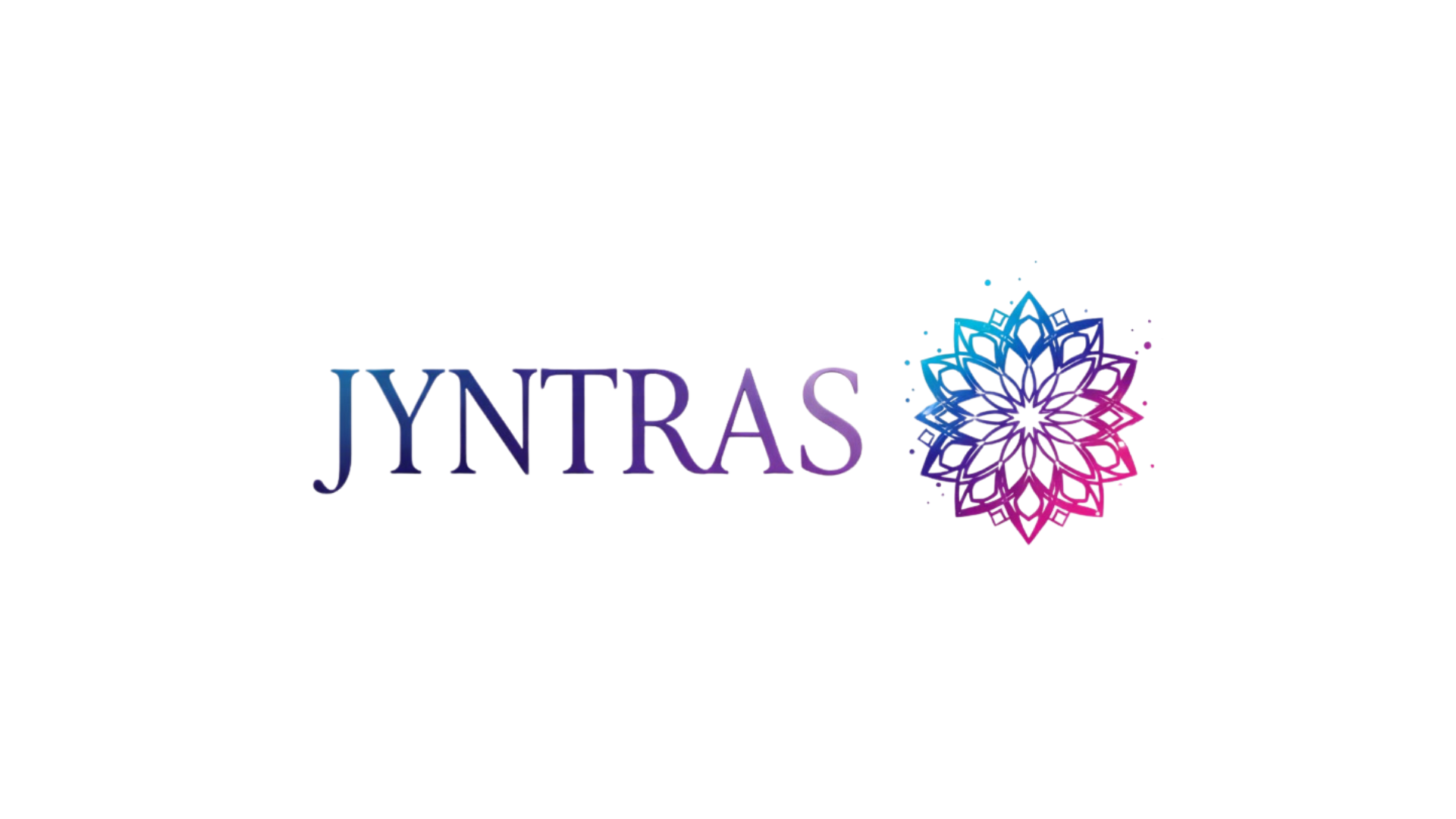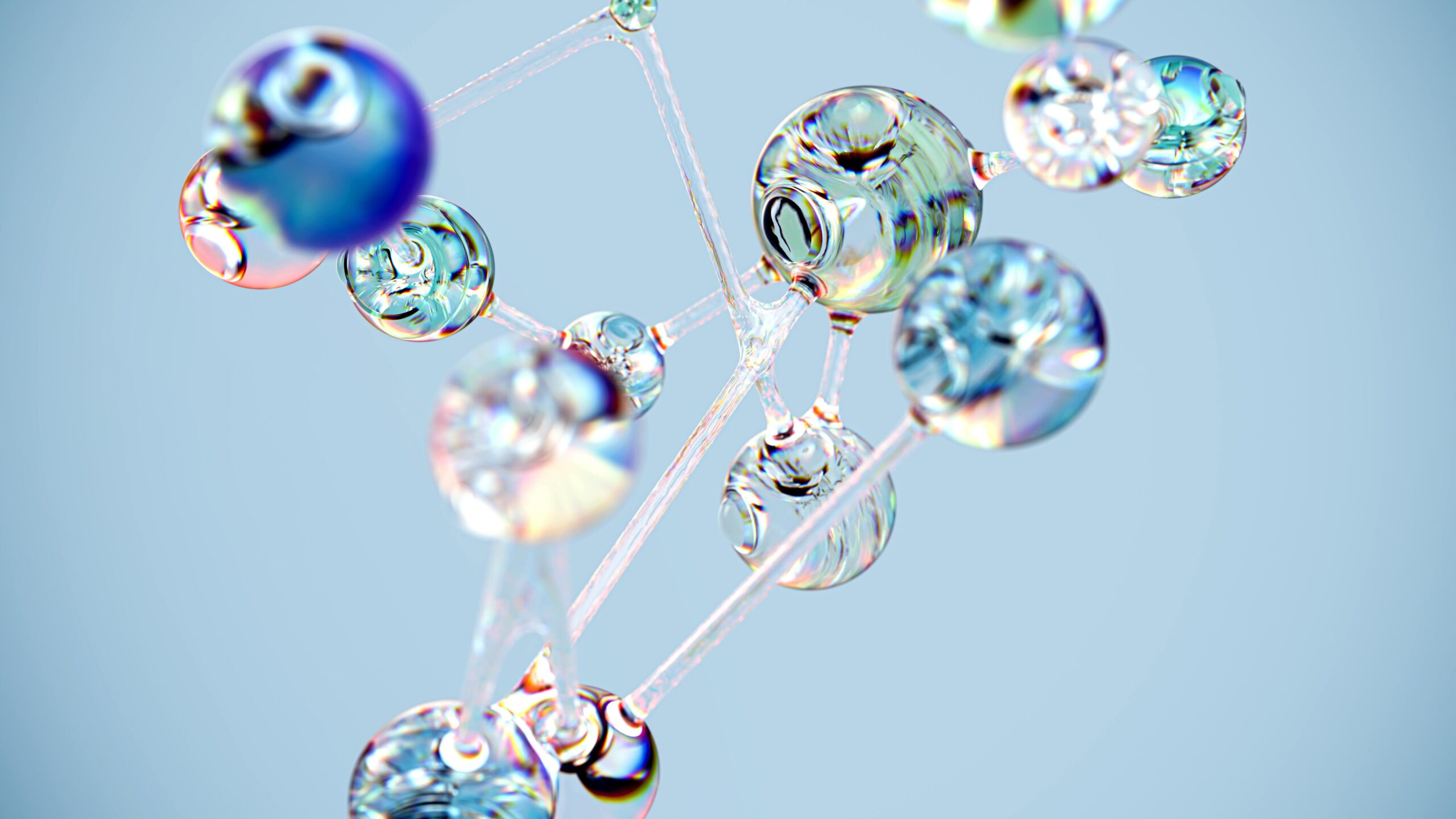Nanobiotechnology and artificial cells are poised to transform healthcare as we know it, merging biology with cutting-edge engineering to create unprecedented medical solutions.
🔬 The Dawn of a New Medical Era
We stand at the threshold of a medical revolution where the boundaries between biology and technology blur into something extraordinary. Nanobiotechnology—the convergence of nanotechnology and biological systems—is rapidly evolving from theoretical concepts into tangible medical applications that could fundamentally change how we diagnose, treat, and prevent diseases.
The human body operates at the nanoscale level, where molecules, proteins, and cellular structures interact in complex ways. By developing technologies that work at this same microscopic scale, scientists can now intervene in biological processes with unprecedented precision. This approach represents a paradigm shift from traditional medicine’s one-size-fits-all methodology to highly personalized, targeted interventions.
Artificial cells, meanwhile, represent one of the most ambitious frontiers in this revolution. These synthetic constructs mimic natural cellular functions while offering advantages that biological cells cannot provide—enhanced durability, programmability, and the ability to operate in environments where natural cells would fail.
Understanding Nanobiotechnology: Where Size Matters Most
To appreciate the transformative potential of nanobiotechnology, we must first understand the scale at which it operates. A nanometer is one billionth of a meter—to put this in perspective, a human hair is approximately 80,000 nanometers wide. At this infinitesimal scale, materials exhibit unique physical, chemical, and biological properties that differ dramatically from their bulk counterparts.
Nanoparticles can be engineered to interact with biological systems in highly specific ways. Their small size allows them to penetrate cellular membranes, cross the blood-brain barrier, and navigate through the bloodstream with minimal obstruction. This capability opens doors to medical interventions that were previously impossible.
Key Components of Nanobiotech Systems
Modern nanobiotechnology relies on several fundamental building blocks that work in concert to achieve therapeutic goals:
- Nanocarriers: These delivery vehicles transport drugs, genes, or other therapeutic agents directly to target sites, minimizing side effects and maximizing efficacy.
- Biosensors: Nanoscale sensors detect disease markers, cellular changes, or chemical imbalances with extraordinary sensitivity, enabling early diagnosis.
- Nanorobots: Though still largely experimental, these microscopic machines promise to perform surgical procedures, clear arterial blockages, or destroy cancer cells with surgical precision.
- Quantum dots: These semiconductor nanocrystals serve as fluorescent markers for imaging and tracking biological processes in real-time.
🧬 Artificial Cells: Engineering Life from Scratch
The concept of artificial cells pushes nanobiotechnology into even more ambitious territory. Rather than merely manipulating existing biological systems, researchers are now constructing cell-like structures from the ground up. These synthetic cells can be designed to perform specific functions without the limitations inherent in natural biological systems.
Artificial cells come in various forms, each suited to different applications. Some are simple lipid vesicles containing specific enzymes or proteins, while others are complex systems incorporating genetic circuits, metabolic pathways, and responsive elements that react to environmental stimuli.
The Architecture of Synthetic Life
Creating functional artificial cells requires replicating the essential features that make natural cells work. The basic structure typically includes a membrane enclosure that separates the internal environment from the external one, much like a biological cell membrane. Inside this boundary, researchers incorporate the molecular machinery necessary for the cell’s intended purpose.
Advanced artificial cells can contain DNA or RNA that encodes instructions for protein synthesis, allowing them to produce therapeutic molecules on demand. Some designs include energy-generating systems that power cellular functions, while others respond to external signals by releasing their contents or changing their behavior.
Revolutionary Applications Transforming Patient Care 💊
The practical applications of nanobiotechnology and artificial cells are already moving from laboratory benchtops to clinical settings, with several breakthrough treatments showing remarkable promise.
Targeted Cancer Therapy
Cancer treatment has been one of the first major beneficiaries of nanobiotechnology. Traditional chemotherapy suffers from a fundamental problem—it kills both cancerous and healthy cells indiscriminately, causing devastating side effects. Nanoparticle-based drug delivery systems solve this by concentrating therapeutic agents specifically in tumor tissue.
These smart delivery systems exploit the unique characteristics of cancer cells and tumor environments. Many solid tumors have leaky blood vessels, allowing nanoparticles to accumulate preferentially in cancerous tissue through a phenomenon called the enhanced permeability and retention effect. Additionally, nanoparticles can be functionalized with antibodies or peptides that recognize specific markers on cancer cell surfaces, ensuring drugs reach their intended targets with laser-like precision.
Several nanoparticle chemotherapy formulations have already received regulatory approval and are in clinical use. Doxil, a liposomal formulation of the chemotherapy drug doxorubicin, was among the first nanomedicines approved for cancer treatment. More sophisticated systems now in development include multi-functional nanoparticles that simultaneously deliver drugs, monitor treatment response, and adapt their behavior based on the tumor microenvironment.
Regenerative Medicine and Tissue Engineering
Artificial cells are proving invaluable in regenerative medicine, where the goal is to repair or replace damaged tissues and organs. Synthetic cells can be designed to support tissue regeneration by delivering growth factors, providing structural scaffolding, or even temporarily replacing cellular functions while natural healing occurs.
Researchers have created artificial red blood cells capable of carrying oxygen more efficiently than their natural counterparts, with potential applications in trauma care, surgery, and treating blood disorders. These synthetic oxygen carriers can be stored for extended periods without refrigeration and are compatible with all blood types, addressing critical shortages in blood supplies.
Smart Drug Delivery Systems
Beyond cancer treatment, nanobiotech is revolutionizing how medications are delivered for chronic conditions. Artificial cells and nanocarriers can be programmed to release drugs in response to specific physiological signals, creating truly intelligent therapeutic systems.
For diabetes management, researchers are developing artificial beta cells that sense blood glucose levels and release insulin accordingly, potentially freeing patients from constant monitoring and injections. Similar approaches are being explored for pain management, where nanoparticles release analgesics only when inflammatory markers indicate the presence of pain.
🧠 Crossing the Blood-Brain Barrier: Neurological Applications
The blood-brain barrier, while essential for protecting the brain from toxins and pathogens, has long frustrated efforts to treat neurological disorders. This selective membrane prevents most drugs from reaching brain tissue, severely limiting treatment options for conditions like Alzheimer’s disease, Parkinson’s disease, and brain tumors.
Nanobiotechnology offers elegant solutions to this challenge. Nanoparticles can be engineered to cross the blood-brain barrier through various mechanisms—some hijack natural transport systems, while others temporarily open tight junctions between cells. Once in the brain, these nanocarriers deliver therapeutic payloads directly to affected neurons or glial cells.
Artificial cells designed for neurological applications might eventually serve as synthetic neurons, bridging gaps in damaged neural circuits or providing continuous delivery of neurotransmitters to compensate for degenerative diseases. While still experimental, such applications could transform treatment for conditions currently considered incurable.
Diagnostic Revolution: Detecting Disease Before Symptoms Appear
Perhaps equally important as therapeutic applications, nanobiotechnology is revolutionizing medical diagnostics. Early detection dramatically improves outcomes for virtually all diseases, yet traditional diagnostic methods often cannot identify problems until significant damage has occurred.
Nanosensors can detect disease biomarkers at concentrations far below the threshold of conventional tests, potentially identifying cancers, infections, or metabolic disorders years before they would otherwise be discovered. Some systems use quantum dots or other nanoparticles that fluoresce in the presence of specific molecules, allowing real-time visualization of disease processes.
Lab-on-a-Chip Technology
Microfluidic devices incorporating nanobiosensors are creating portable diagnostic platforms that bring laboratory-quality testing to point-of-care settings. These “lab-on-a-chip” systems can analyze blood, saliva, or other biological samples using minute quantities, providing rapid results without requiring specialized facilities.
Such technology could democratize healthcare access, particularly in resource-limited settings where traditional laboratory infrastructure is unavailable. A patient in a remote village could receive accurate diagnostic information from a smartphone-connected device, enabling timely treatment decisions.
⚠️ Challenges and Ethical Considerations
Despite its enormous promise, nanobiotechnology faces significant hurdles before reaching its full potential. Technical challenges include ensuring long-term stability of nanomaterials in biological environments, preventing immune system rejection, and achieving consistent manufacturing quality at commercial scales.
Safety and Regulatory Concerns
The same properties that make nanoparticles therapeutically useful—their small size and ability to cross biological barriers—also raise safety questions. How do these materials behave over extended periods in the body? Can they accumulate in unintended locations? What happens when they eventually degrade?
Regulatory agencies worldwide are grappling with how to evaluate and approve nanomedicines. Traditional toxicology studies may not adequately predict the behavior of nanomaterials, necessitating new testing paradigms and safety assessment frameworks.
Ethical Dimensions of Artificial Life
Creating artificial cells that mimic living systems raises profound ethical questions. Where do we draw the line between therapeutic tools and synthetic life forms? Should there be limits on how complex or autonomous artificial cells can become? These questions extend beyond science into philosophy, religion, and social policy.
Issues of access and equity also demand attention. As these advanced therapies emerge, how do we ensure they benefit all of humanity rather than only those who can afford premium healthcare? The history of medical innovation is unfortunately replete with examples of breakthrough treatments remaining inaccessible to those who need them most.
🚀 The Road Ahead: Emerging Frontiers
The field of nanobiotechnology and artificial cells continues to evolve at breathtaking speed. Several emerging areas promise to push the boundaries even further in coming years.
Personalized Nanomedicine
Future nanotherapies will likely be tailored to individual patients based on their genetic profiles, disease characteristics, and even real-time physiological data. Imagine artificial cells programmed specifically for your biology, responding to your unique biochemical environment and adapting treatment as your condition changes.
Integration with Artificial Intelligence
Machine learning algorithms are already accelerating the design and optimization of nanomaterials and artificial cells. AI can predict how different nanoparticle configurations will behave, screen vast libraries of potential drug carriers, and even design entirely novel molecular structures with desired properties. This synergy between biological and computational technologies will dramatically speed the development of new treatments.
Environmental and Agricultural Applications
While medical applications dominate current research, nanobiotechnology has transformative potential beyond healthcare. Artificial cells could be designed to remediate environmental pollutants, breaking down toxic chemicals or capturing carbon dioxide. In agriculture, nanosensors might monitor crop health at the molecular level, while targeted delivery systems could reduce pesticide use.
Building the Infrastructure for a Nanomedical Future 🏗️
Realizing the full promise of nanobiotechnology requires more than scientific breakthroughs—it demands building the infrastructure to translate discoveries into widespread clinical use. This includes manufacturing facilities capable of producing nanomedicines with stringent quality control, training healthcare professionals to understand and administer these new treatments, and educating the public about the benefits and limitations of these technologies.
Interdisciplinary collaboration will be essential. Engineers, biologists, physicians, ethicists, and policymakers must work together to navigate the complex technical, medical, and societal challenges. Universities and research institutions are establishing dedicated nanomedicine programs that bring these diverse perspectives together.

🌟 A Transformative Vision Taking Shape
The convergence of nanobiotechnology and artificial cells represents more than incremental medical progress—it embodies a fundamental reimagining of what medicine can achieve. We are moving toward a future where diseases are detected and treated at the molecular level before symptoms appear, where organs regenerate themselves with synthetic biological support, and where therapeutic interventions adapt in real-time to each patient’s unique physiology.
Significant challenges remain, from technical hurdles to ethical considerations that society must carefully navigate. Yet the trajectory is clear: nanobiotechnology and artificial cells are transitioning from futuristic concepts to clinical reality. The first generation of nanomedicines has already demonstrated clinical benefits, and each successive wave brings increasingly sophisticated capabilities.
For patients facing diseases that current medicine cannot adequately address, these advances offer genuine hope. For healthcare systems struggling with rising costs and aging populations, targeted nanotherapies promise more effective interventions with fewer side effects and complications. For researchers and clinicians, these tools provide unprecedented ability to understand and intervene in biological processes.
The revolution in nanobiotechnology and artificial cells is not a distant possibility—it is happening now, in laboratories and clinics around the world. As these technologies mature and proliferate, they will reshape medicine in ways we are only beginning to imagine, bringing us closer to a future where disease and disability no longer impose the limitations they do today. The journey has begun, and the destination promises to transform human health in profound and lasting ways.
Toni Santos is a deep-biology researcher and conscious-evolution writer exploring how genes, microbes and synthetic life inform the future of awareness and adaptation. Through his investigations into bioinformatics, microbiome intelligence and engineered living systems, Toni examines how life itself becomes a field of awakening, design and possibility. Passionate about consciousness in biology and the evolution of living systems, Toni focuses on how life’s architecture invites insight, coherence and transformation. His work highlights the convergence of science, philosophy and emergent life — guiding readers toward a deeper encounter with their living world. Blending genetics, systems biology and evolutionary philosophy, Toni writes about the future of living systems — helping readers understand how life evolves through awareness, integration and design. His work is a tribute to: The intertwining of biology, consciousness and evolution The emergence of microbial intelligence within and around us The vision of life as designed, adaptive and self-aware Whether you are a scientist, thinker or evolving being, Toni Santos invites you to explore the biology of tomorrow — one gene, one microbe, one awakening at a time.




